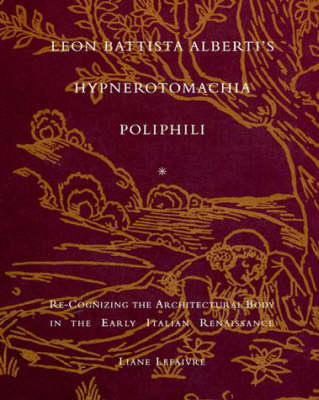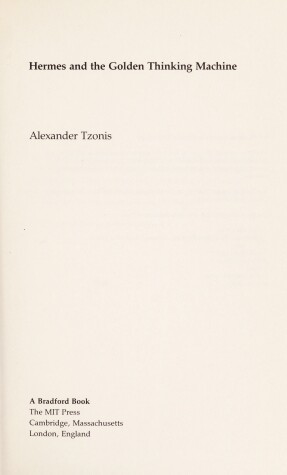The MIT Press
3 total works
Intended as his final text, she argues, the book is the legacy of a humanist passionate about his life's work, a treatise on the role of dreamwork in design by one of the most creative minds of the Renaissance, and a manifesto in defense of humanism by a man who had been dismissed by an anti-humanist pope after a thirty-year career in the papal service.
This fascinating introduction to classical art and architecture is the first book to investigate the way classical buildings are put together as formal structures. It researches the generative rules, the poetics of composition that classical architecture shares with classical music, poetry, and drama, and is enriched by a variety of examples and an extensive analysis of compositional rules. The 205 line drawings make up a discourse of their own, a pictorial text that serves as an introductory theory of composition or basic design aid.
Drawing from Vitruvius, the poetics of Aristotle, the theories of classical architecture, music, and poetry since the Renaissance, and the poetics of the Russian formalists, the authors present classical architecture as a coherent system of architectural thinking that is capable of producing a tragic humanistic discourse, a public art with critical, moral, and philosophical meaning.


